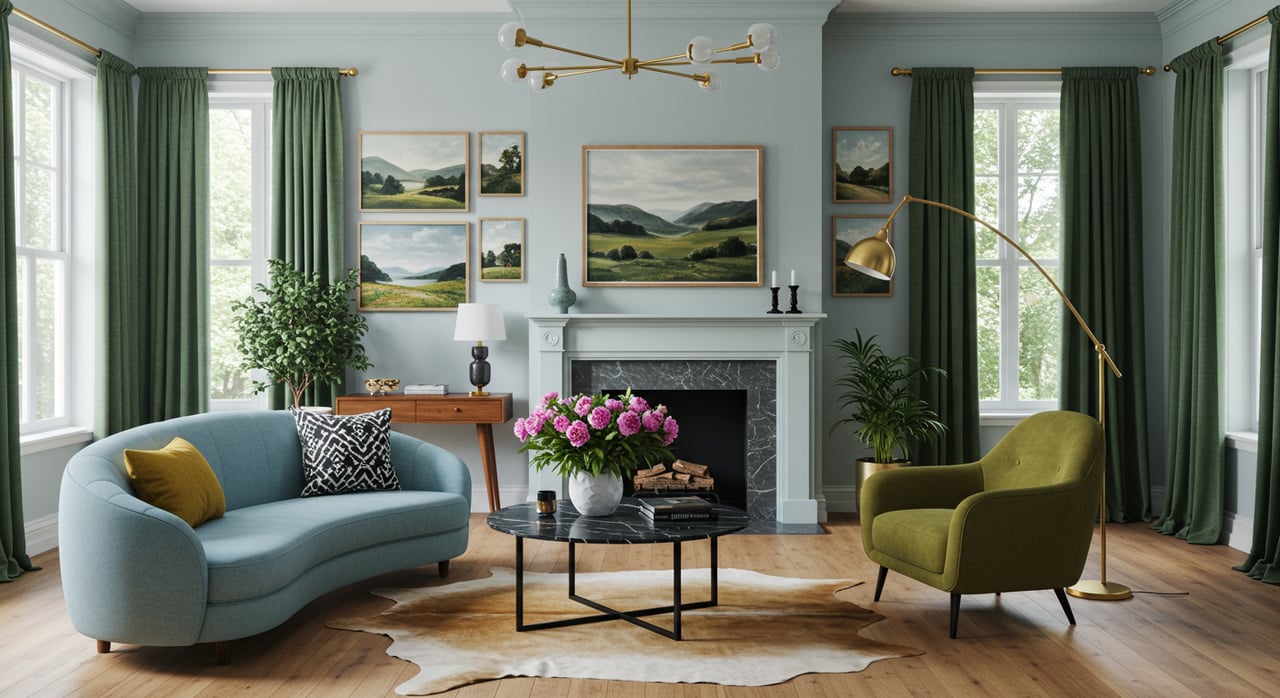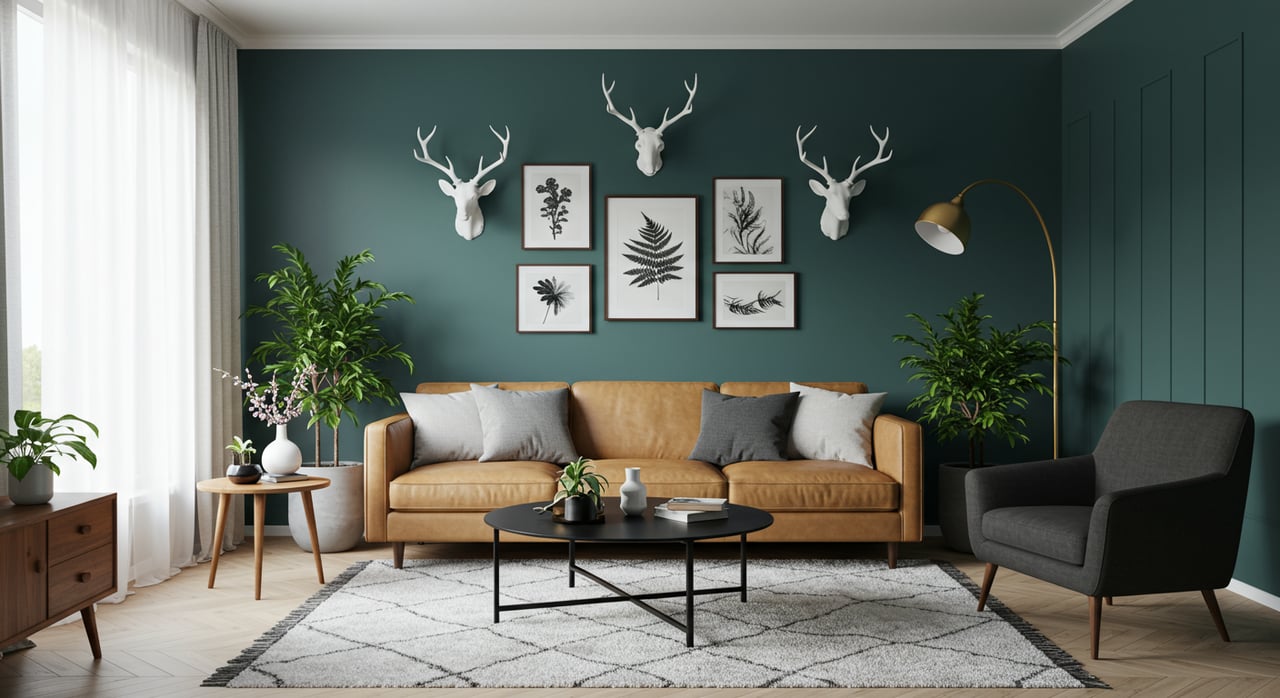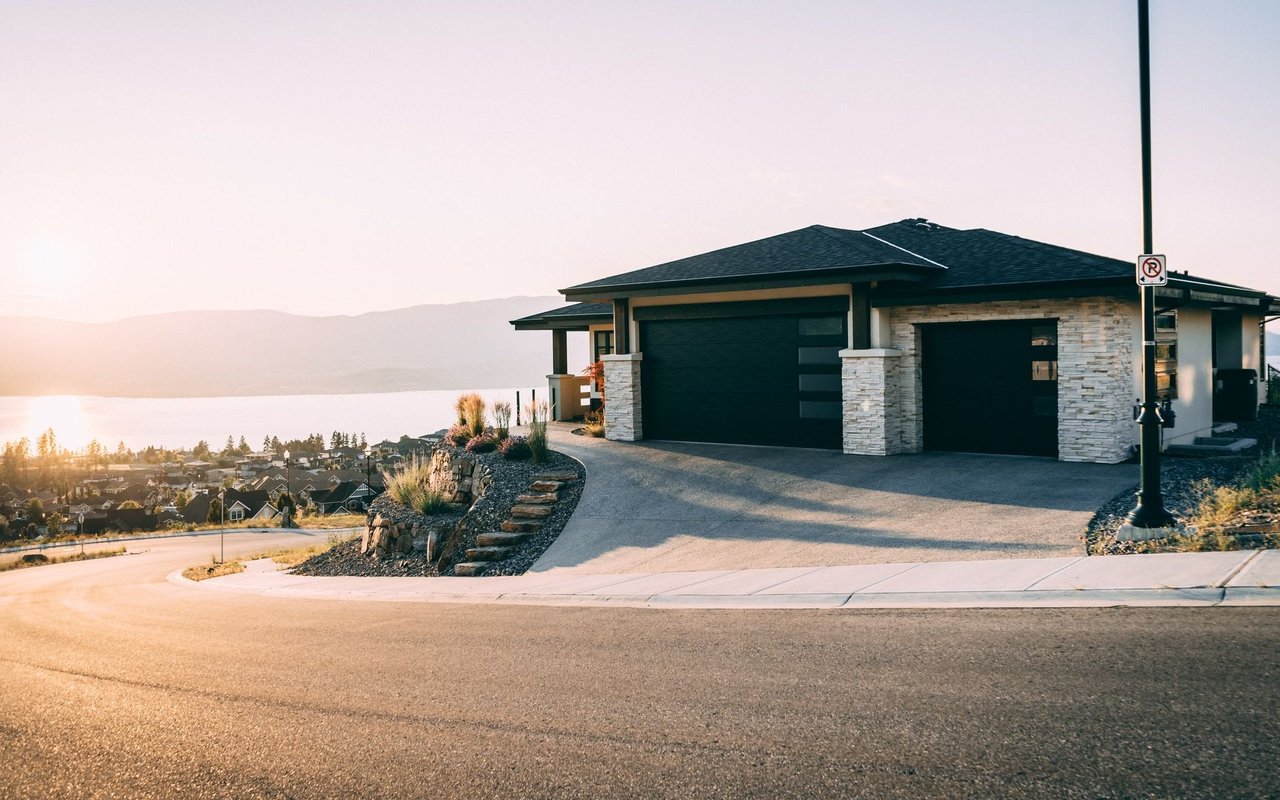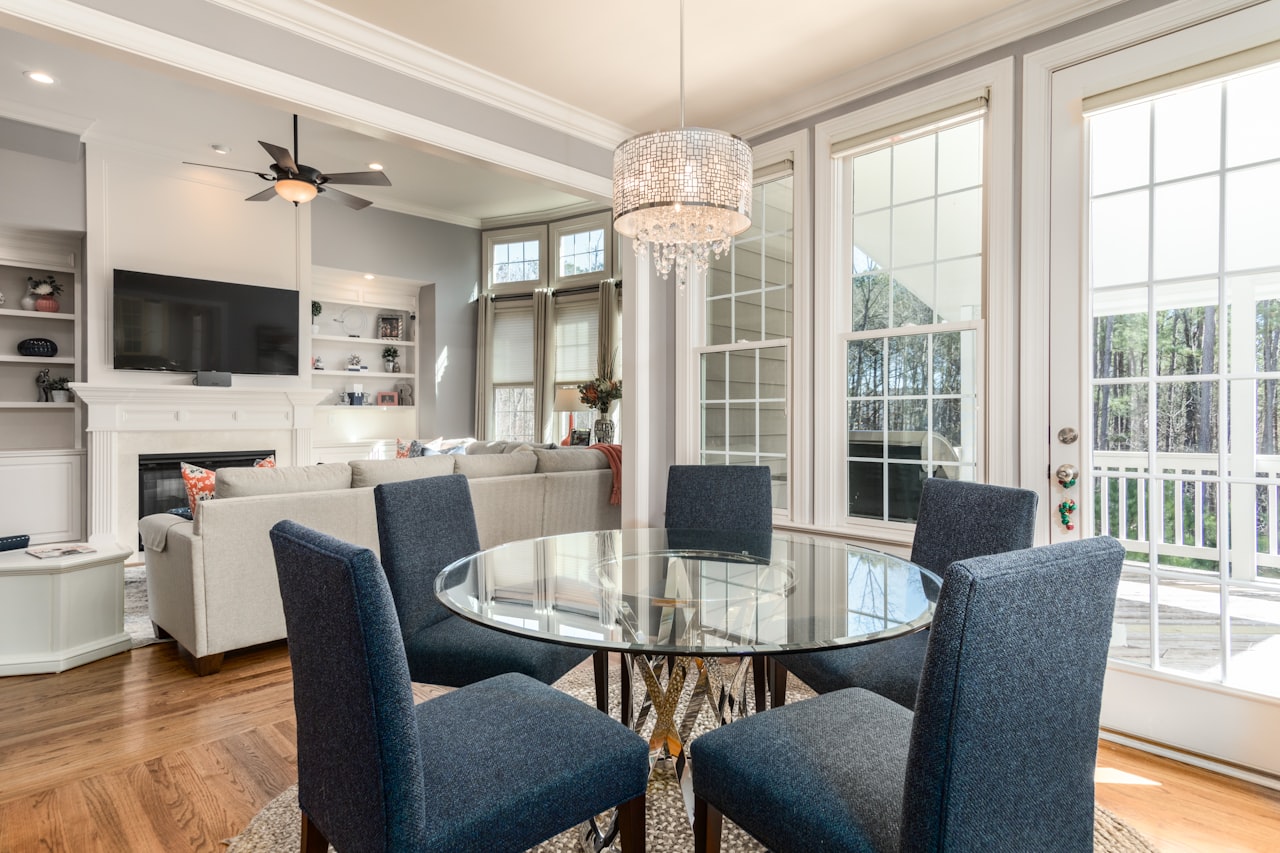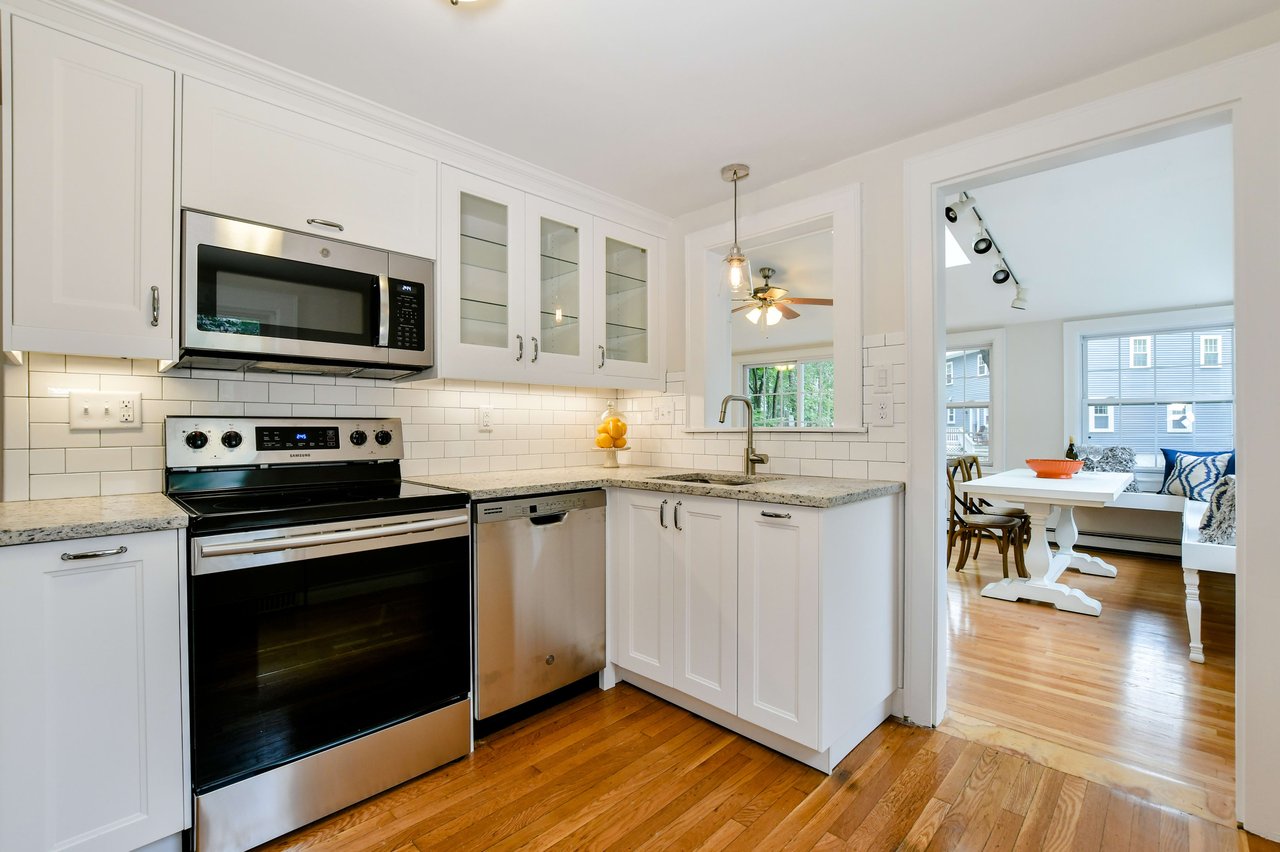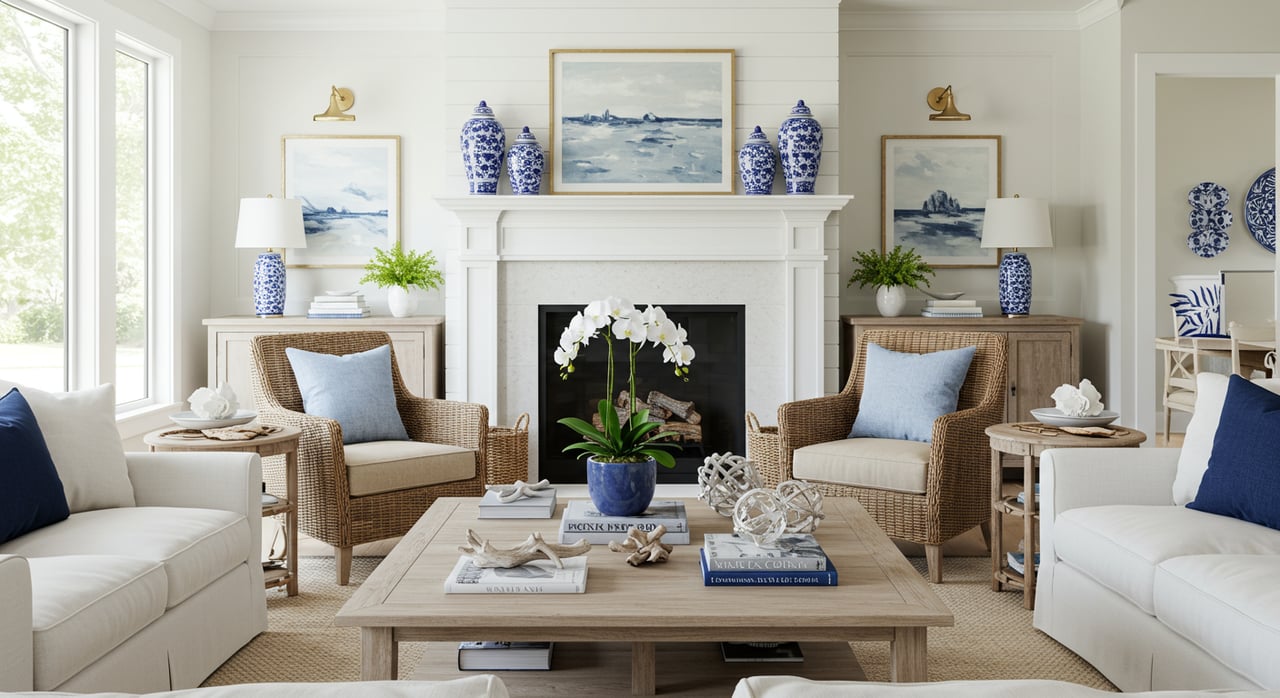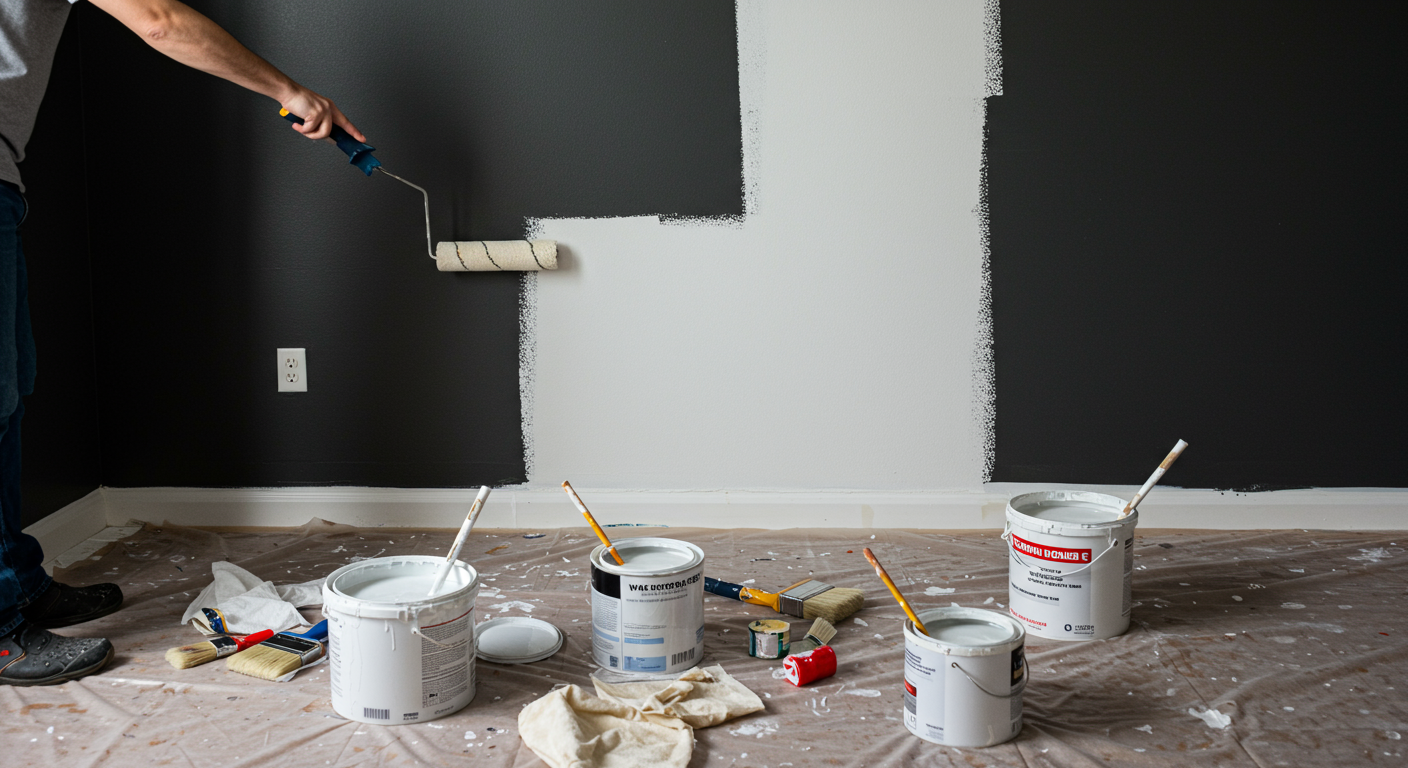
The paint is too dark for your taste. As you walked through the house, you thought “It’s only painting.” This was what you repeated during your walkthrough before closing. It’s only paint.
It’s true that paint is only paint and can be painted over. However, painting over dark walls is quite different from trying to paint over lighter walls.
Particularly tricky are reds, purples and browns. However, any pigment that contains a lot of pigment can be a challenge if you don’t know what to do. We have compiled our top painting tips to help you overcome your dark wall challenges.
Primer Is Not Optional
While it can be seamless for some people to overlook basic preparation work when they’re “just painting,” the final result of any home project will be directly affected by how much work you do ahead of time.
Just like when you’re laying new tiles or installing a bathroom sink, how much preparation you take to repaint dark walls will be evident. It’s worth noting that the right preparation will make this job much easier.
Primer is a must when painting over dark walls. You will need primer, even if the paint claims it has a primer (it doesn’t, it is just thicker paint), You don’t want to spend too much on inferior products.
Select a primer that is specifically designed to prevent pigment bleeding. Your primer will need to be applied more often if there is a significant color difference between the paint being covered and the paint you are covering. On very dark walls, you should apply at least two coats.
Choose Colors From the Same Group
It’s easier to change the wall’s color from midnight black to snowfall, if you love the color. It’s much easier to control the shade because you are staying within the same color family. Any slight pigment bleed can easily go unnoticed.
You’ll still need the same shade or you’ll have to go back and priming like your life depended on it. No matter what, you should still prime your paint before painting. However, you don’t need to use an industrial strength primer to change from deep burgundy or a medium plum.
Do More Painting Than You Think You Should
The biggest mistake homeowners make when painting walls is to stop before the job is done. It can be difficult to see if you have completed the job with some colors. However, if there are any thin spots, it is worth applying another coat. There’s a good chance that there wasn’t one spot.
For a regular job, two coats of paint is often enough. However, if you have a lot of experience with the paint, it’s worth applying another coat. It is easy to overpaint walls, especially if you are trying to complete the job in a short time.
